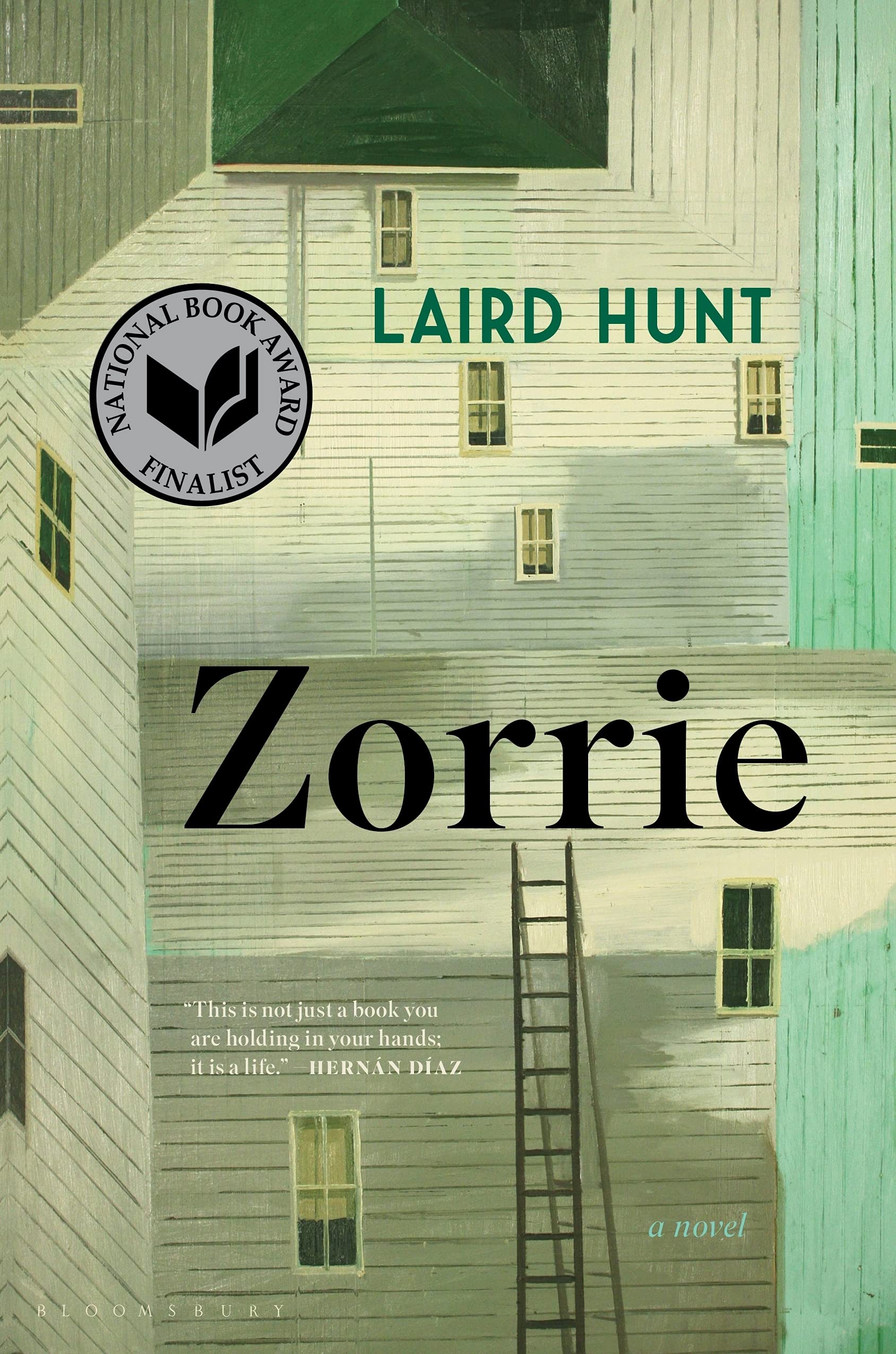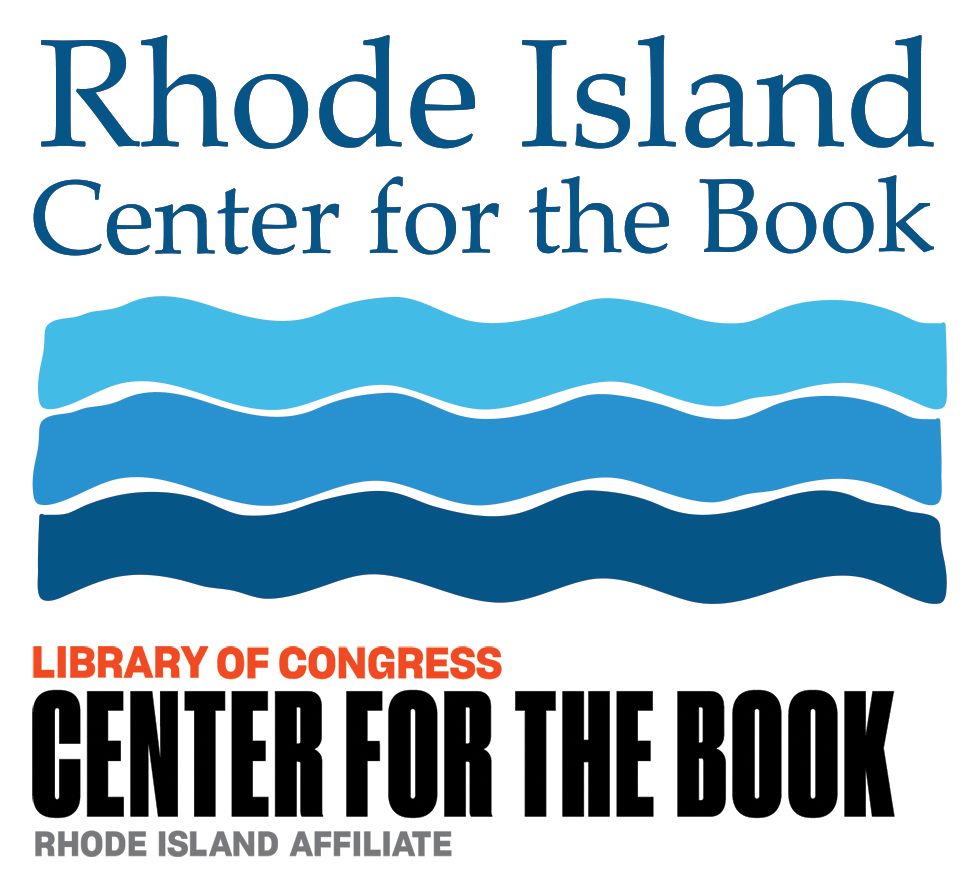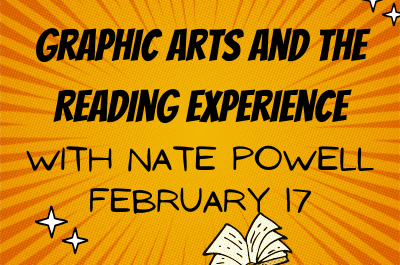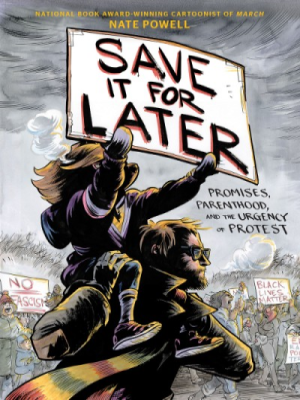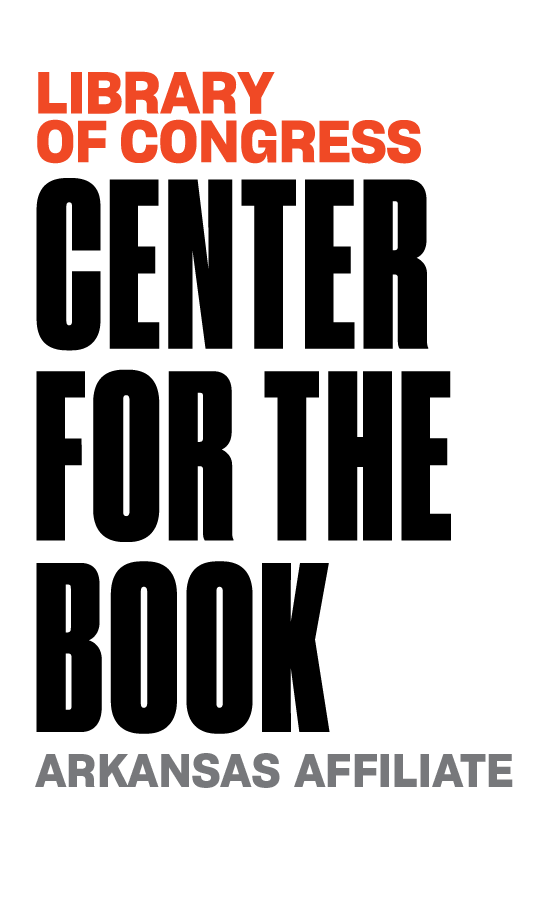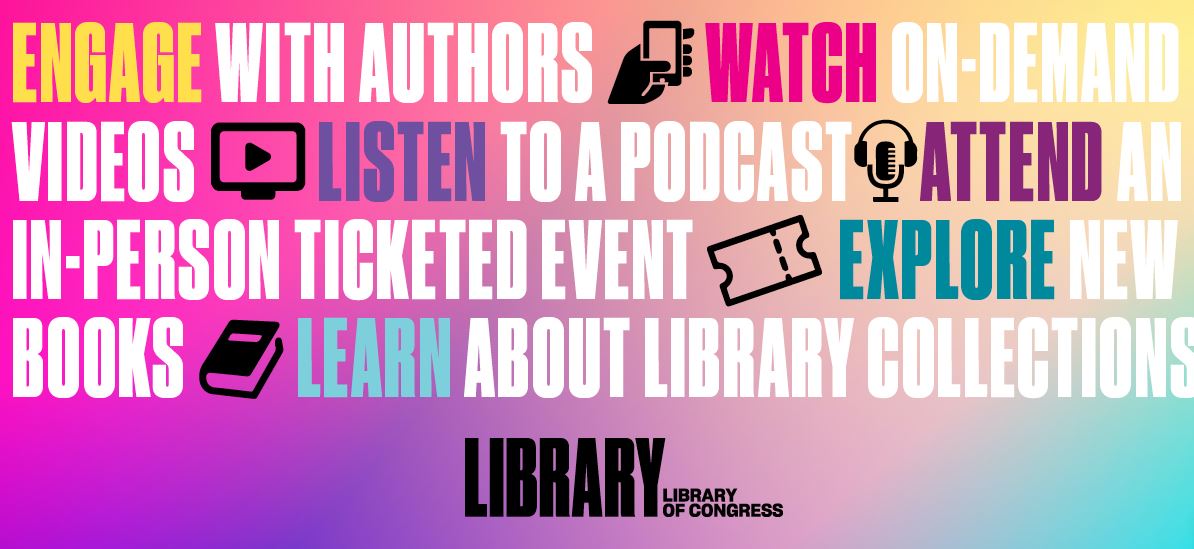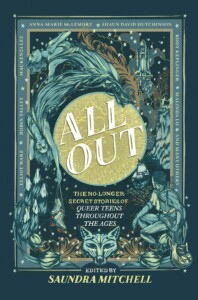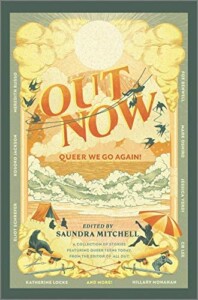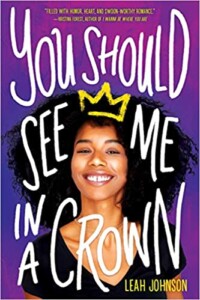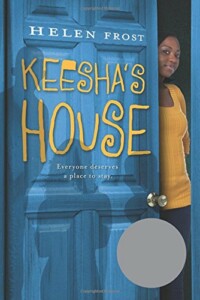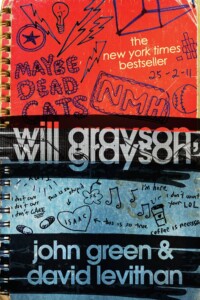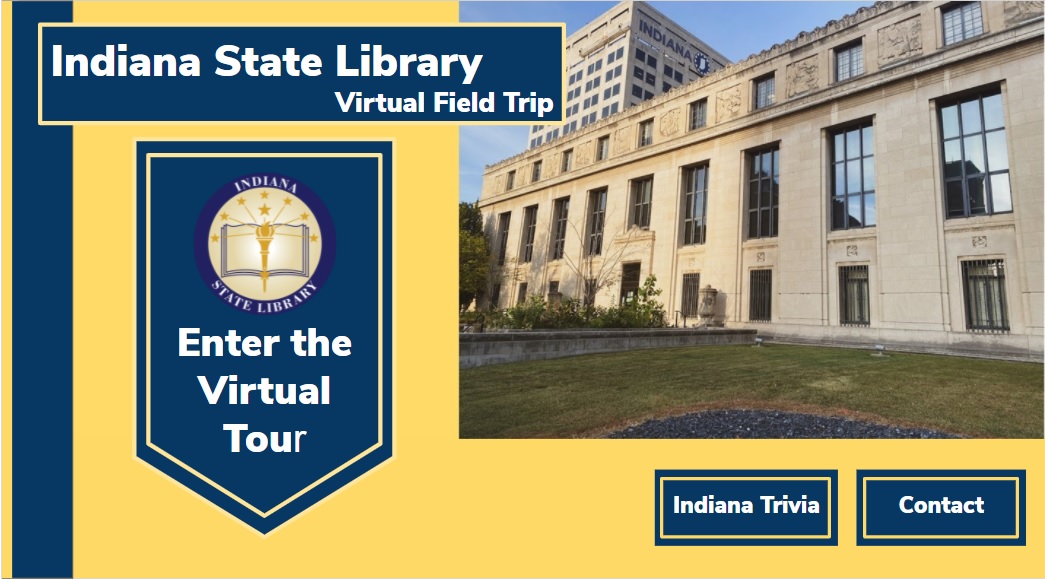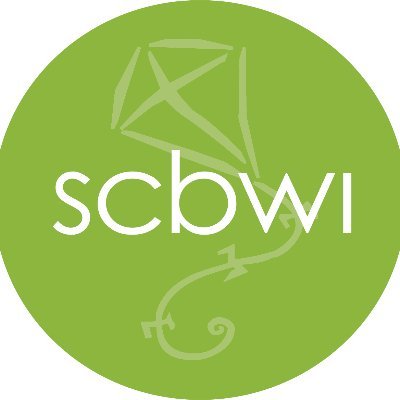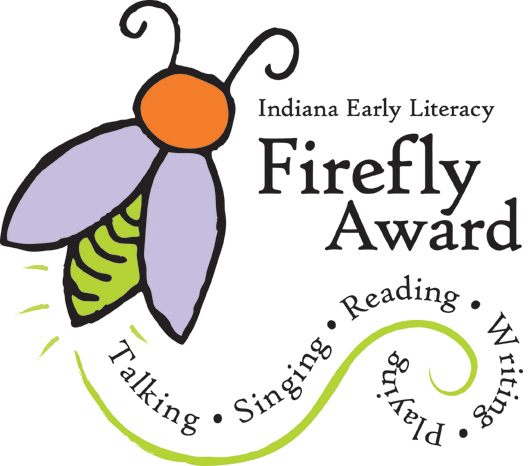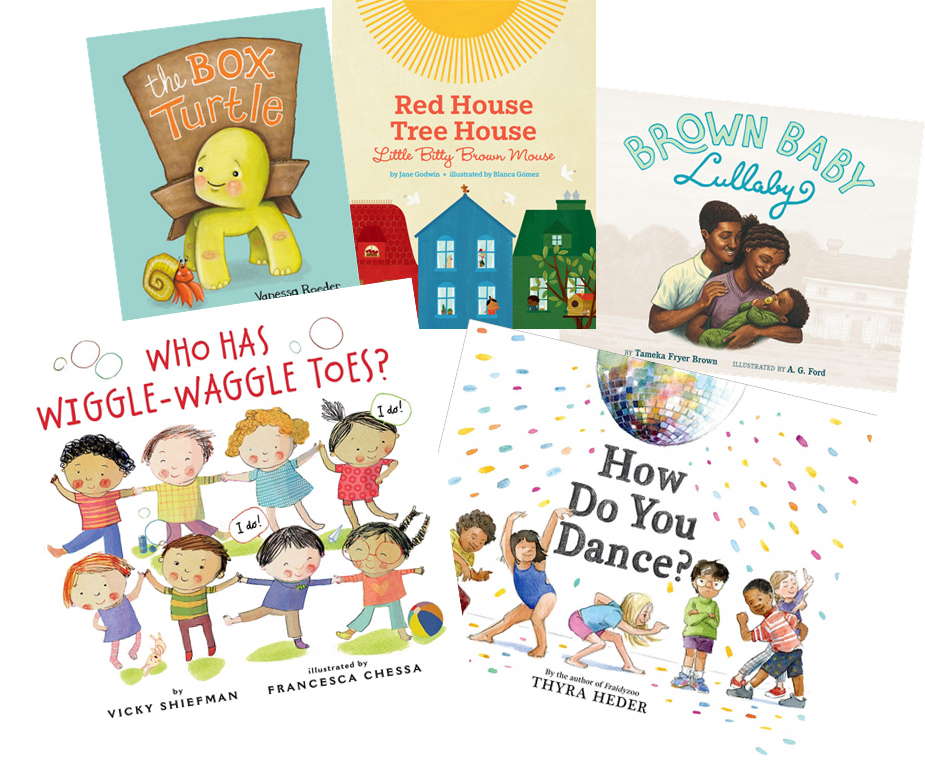You might have seen Sammy the Interviewing Toucan talk to some Indiana authors recently. Sammy is releasing a new video every Tuesday at 2 p.m Eastern Time via the Indiana State Library’s Facebook account. You can see past interviews on YouTube.
Indiana author Keiko Kasza preferred to do her interview via email and Sammy was more than happy to accommodate her. What follows is their interview.
Sammy: We always start our interviews by talking about Indiana. Can you share with us, what is your connection to Indiana? It’s very exciting to me that you were born in Japan, but you are now a Hoosier!
Keiko: We moved to Bloomington in 1985, when my husband got a teaching job at Indiana University. I’m happy to announce that we have witnessed the IU men’s basketball team winning the national championship. We screamed for joy in our little apartment in Bloomington.
Sammy: Do you consider yourself to be a Hoosier?
Keiko: After living here for more than 30 years, I think I have won Hoosier citizenship.
Sammy: Let’s talk about your work. All of your books feature animals. What made you choose animals to star in your books?
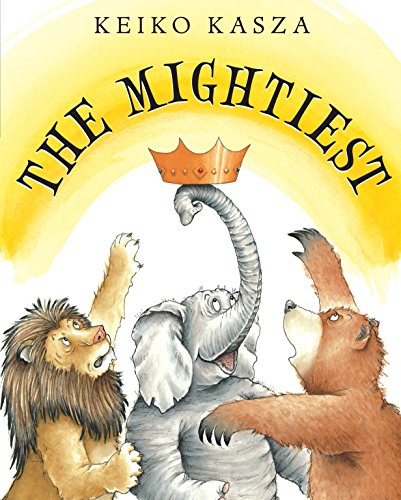
Keiko: I think there are four reasons why I use animals. For starters, animals are perfect characters when you write universal stories. Not specifying a race or a nationality of the human book characters really helps me create universal stories and focus on the theme itself. Therefore, I believe that my books have been translated into 15 languages, not because of the quality – though I’d like to believe that’s true, too – but mostly because it’s easier to translate universal stories into different languages.
Secondly, I have more freedom if I use animals. I can make a bad wolf look really bad, or make a hippo really fat, which might offend some people if I used humans.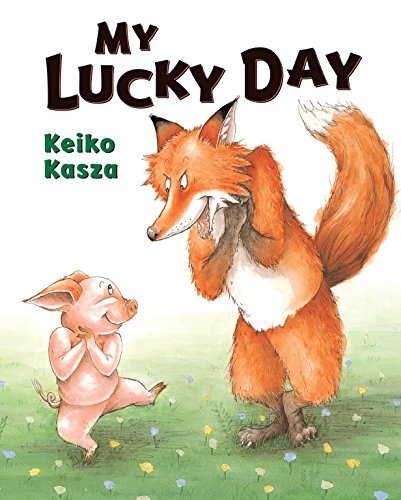 Thirdly, if I have to write a human story, I would need to do tons of research. What era is it? What is the social code like, and what kind of clothes or hairstyles are people wearing, etc. Although I read scientific information on the habitats of animals, their food and their enemies, the background information is minimal compared to writing human stories.
Thirdly, if I have to write a human story, I would need to do tons of research. What era is it? What is the social code like, and what kind of clothes or hairstyles are people wearing, etc. Although I read scientific information on the habitats of animals, their food and their enemies, the background information is minimal compared to writing human stories.
And lastly, I can’t draw humans too well.
Sammy: What is your favorite animal to draw?
Keiko: I don’t have a favorite animal to draw but I do have animals that I don’t want to draw. Horses, camels, zebras, etc.; those who have long legs. I often make animals stand up and walk on two legs like humans, so animals with long limbs look awkward.
Sammy: One of my favorite books of yours is “A Mother for Choco.” This is probably because I myself am a bird. This seems like a great book to share with children who are adopted. Did you have that in mind when you wrote the book?
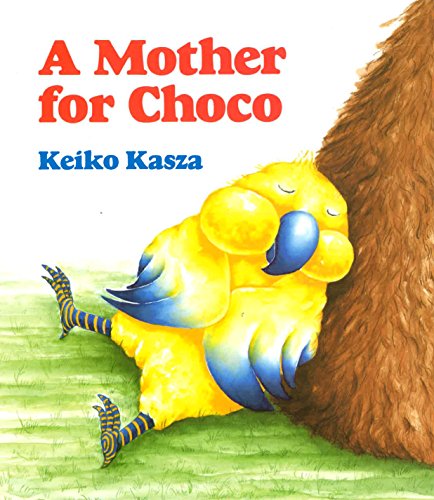
Keiko: Not at all. The story came from my experience when I first landed in the U.S. I landed in LAX. I have never forgotten my shock at seeing so many different races of people walking around in the airport. Japan – especially back then – was a more homogeneous country; all you saw in Japan were Japanese people. I wanted to write multicultural stories. But since it was published, the “Choco” book has been well-received by adoption and foster families. And I’m glad!
Sammy: Several themes emerge in your books. Animals try to escape being eaten and I also notice stories about friendship and fairness. Why are you drawn to stories like these?
Keiko: When I write, I often think about what it was like when I was 5 years old. What kind of things would you remember from that long ago? Those incidents that gave you strong emotional reactions, such as happy, sad, frustrated and angry. My book, “The Rat and the Tiger,” is based on the frustration I felt dealing with a bossy friend from the time I was 5 until 7 years old. So, if there is a pattern in the themes I write, I would say it has to be my own childhood memories that have never left me.
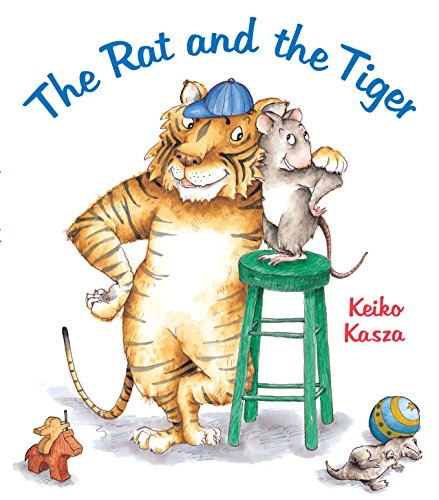
Sammy: Do you have any advice to people who want to be authors someday?
Keiko: Just like real estate people say, “Location, location, location”, I want to say, “Read, read, read.”
Sammy: How are you doing in regards to the pandemic? I’m assuming this has made travel to Japan nearly impossible.
Keiko: Yes, I cancelled a trip to Japan this spring. Not only to see my family, but I was going to give two talks there. Other talks in the U.S. also have been cancelled.
Sammy: I’m so sorry to hear that. So much has changed due to the pandemic. Are you working on any new books at the moment? Can you tell us about them?
Keiko: I have been working on new stories. So far, I have four stories all dummied out. One is about the relationship between a grandmother and grandchild in Japan. Hopefully it will take my work into a new direction.
Sammy: Thank you so much, Keiko! This is your favorite Hoosier Toucan encouraging you to read local. So long!
This blog post was submitted by Sammy the Interviewing Toucan.
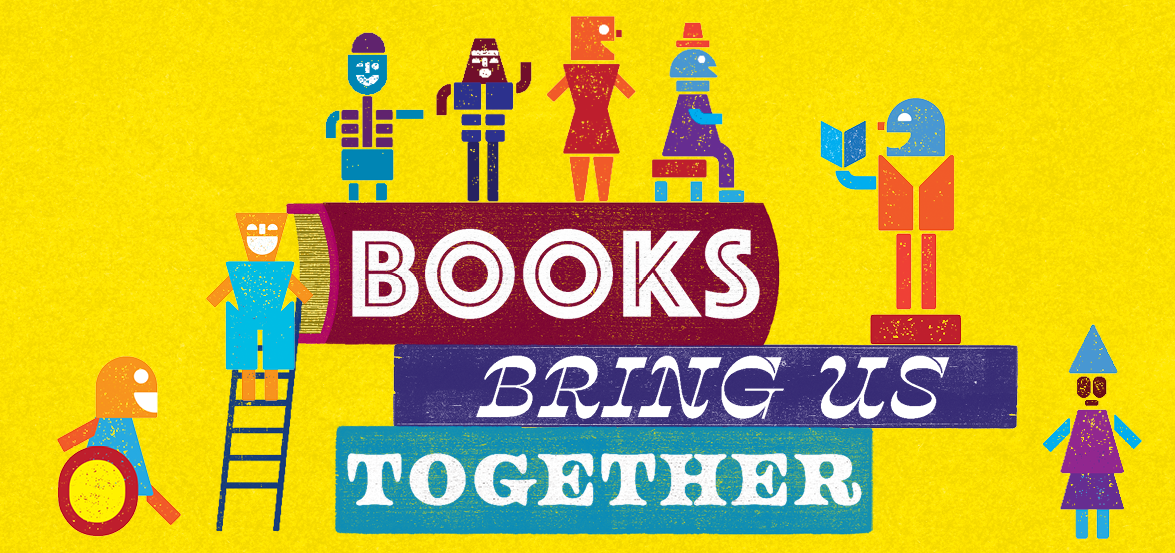 Indiana is participating in the festival in a variety of ways. The Indiana Center for the Book will staff the Indiana booth in the Roadmap to Reading area of the festival, and two books by Indiana authors are being highlighted at the festival as part of the Great Reads from Great Places initiative. “Zorrie” by Larid Hunt is the selection for adult readers and “You Should See Me in a Crown” by Leah Johnson is the selection for youth readers.
Indiana is participating in the festival in a variety of ways. The Indiana Center for the Book will staff the Indiana booth in the Roadmap to Reading area of the festival, and two books by Indiana authors are being highlighted at the festival as part of the Great Reads from Great Places initiative. “Zorrie” by Larid Hunt is the selection for adult readers and “You Should See Me in a Crown” by Leah Johnson is the selection for youth readers. Leah Johnson, author of “You Should See Me in a Crown” was interviewed back in 2021 by Sammy, the toucan puppet affiliated with the Indiana Center for the Book. They talked about books, reading, and of course, being from Indiana.
Leah Johnson, author of “You Should See Me in a Crown” was interviewed back in 2021 by Sammy, the toucan puppet affiliated with the Indiana Center for the Book. They talked about books, reading, and of course, being from Indiana.
